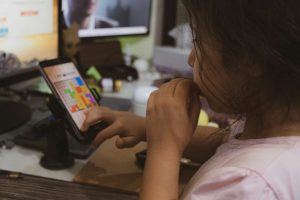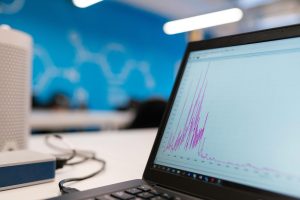Technology as a Powerful Enabler of Inclusive Learning
Inclusive learning has always been a top priority in the education sector, striving to provide equal opportunities and access to education for all students. However, achieving true inclusive learning has been a challenge due to the diverse backgrounds, abilities, and learning styles of students. Technology has emerged as a powerful tool in this pursuit, revolutionizing the way education is delivered and bridging the accessibility gap for students with different needs. In this article, we will delve into the ways in which technology serves as a powerful enabler of inclusive learning, breaking barriers and paving the way for a more inclusive and accessible education system.
Breaking Barriers with Assistive Technology
Assistive technology has been a game-changer in making education more inclusive. This type of technology refers to any tool or device that assists students with disabilities in performing tasks that they would otherwise find challenging. For students with visual impairments, screen readers and text-to-speech software can help them access and interact with learning materials. Similarly, speech recognition software and word prediction tools can facilitate learning for students with physical or learning disabilities. With the help of such tools, students with special needs are now able to participate in lessons and complete assignments, paving the way for truly inclusive learning.
Personalized Learning through Adaptive Technology
The one-size-fits-all model of education has long been deemed inadequate in catering to the diverse learning needs of students. However, with adaptive technology, learning can be personalized to meet the needs and abilities of individual students. Adaptive learning software uses algorithms and artificial intelligence to analyze a student’s learning style, pace, and performance and adjusts the learning material accordingly. This technology allows students to learn at their own pace, ensuring that they understand the material thoroughly, thus promoting inclusivity and equal opportunities for all.
Virtual Learning for Remote Accessibility
Technology has also made it possible for students to access education remotely, breaking the geographical barriers that often hinder inclusive learning. With virtual learning platforms, students can attend classes, participate in discussions, and access learning materials from the comfort of their homes. This has been particularly beneficial for students with disabilities or chronic illnesses, who might have difficulties attending traditional classroom settings. Virtual learning has also emerged as a viable option during times of crisis, such as the current COVID-19 pandemic, ensuring uninterrupted education for all students.
Enhancing Collaboration and Communication
Inclusive learning also calls for collaboration and communication between students, teachers, and parents. Technology has provided a platform for such engagement, making it easier for students to participate and express themselves regardless of their abilities. Virtual discussion forums and video conferencing tools have facilitated open communication and collaboration among students, and even allowed parents and teachers to be more involved in their child’s learning journey. These platforms have also enabled teachers to share resources and lesson plans that cater to the diverse needs of their students, promoting inclusivity in the classroom.
Bridging the Digital Divide
The digital divide has long been a concern when it comes to inclusive learning, as not all students have equal access to technology and the internet. However, with the increasing availability of affordable devices and internet connectivity, the gap is gradually closing. Non-profit organizations and government initiatives have also played a crucial role in providing technology and digital resources to underprivileged students, promoting inclusivity and equal opportunities for all learners.
Final Thoughts
Technology has been a powerful enabler in the pursuit of inclusive learning, breaking barriers and providing equal opportunities for students of all backgrounds and abilities. However, it is essential to ensure that technology is used in an ethical and responsible manner, without creating a digital divide. With the right implementation and support, technology has the potential to transform the education system into an inclusive and accessible learning environment for all students.











